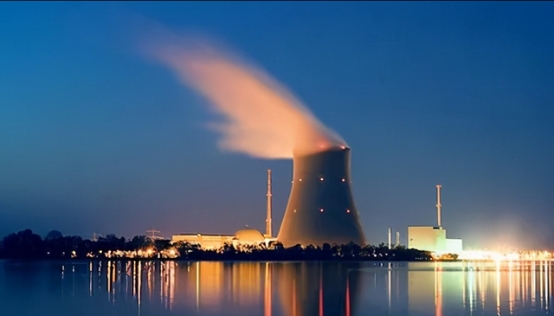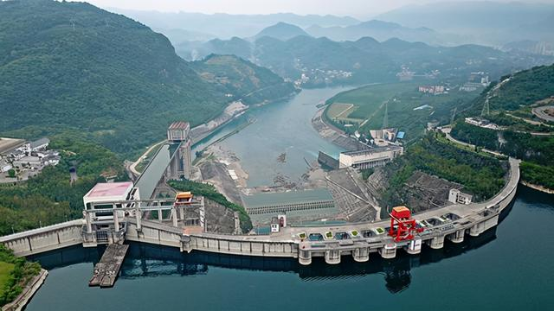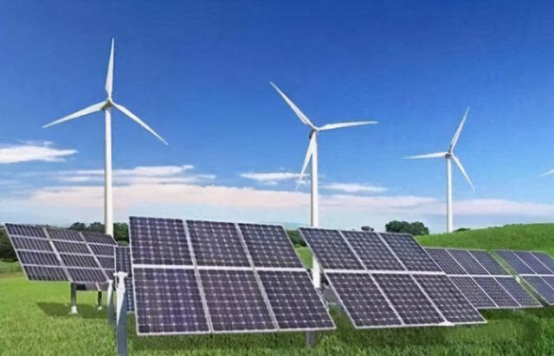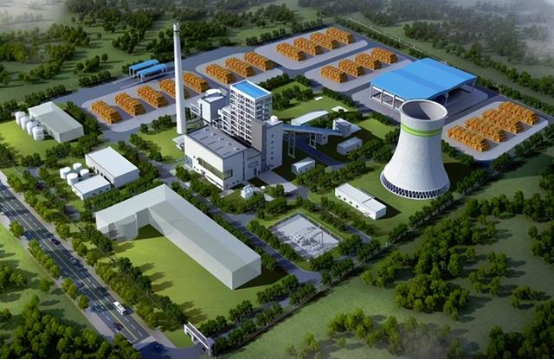In order to achieve the goal of carbon neutrality, China is currently promoting clean energy to replace fossil energy. In the power industry, coal power will be further reduced, and the proportion of clean energy power generation will increase.
At present, clean energy power generation in China mainly includes nuclear power, hydropower, wind power, photovoltaic and biomass power generation. Each of the five clean energy power generation has its own advantages. Who is the king of the future?

Nuclear power
Nuclear power is to generate energy through nuclear fusion, convert it into mechanical energy and then generate electrical energy. Among all power generation projects, nuclear power is the most stable power source, which is more stable than coal power.
Most importantly, nuclear power can completely achieve zero carbon emissions, which is clean and environmentally friendly electricity. In terms of the stability of power generation, nuclear power is the most ideal alternative to coal-fired power.
However, safety is the biggest factor restricting the development of nuclear power. The safety of each nuclear power plant is related to the development of the whole industry. Therefore, the development of nuclear power, we must first consider the issue of power safety.

Hydropower
Hydropower technology is the most mature of all clean energy power generation. At present, the installed capacity and power generation of hydropower stations are also the largest among all clean energy sources.
Although hydropower stations do not emit pollutants and carbon dioxide, the construction of hydropower stations often has a certain impact on hydraulic resources and the surrounding ecological environment
In addition to the impact on the ecological environment, hydropower is also greatly affected by the climate. Spring and summer are wet seasons, while autumn and winter are dry seasons, and even face the dilemma of no electricity.

Wind power and Photovoltaic
Wind and solar energy are inexhaustible resources, so wind power and photovoltaic have no fuel cost constraints, and become the fastest-growing industry in clean energy power.
In terms of installed capacity, wind power and photovoltaic power are the most potential power to replace coal power. However, due to the instability of wind power and photovoltaic power generation, the problem of grid connected consumption is still limited.
Large wind power and photovoltaic bases cover a large area. Especially for large-scale wind power bases, the planned area will exceed hundreds of square kilometers, which will have a serious impact on water and soil resources.

Biomass power generation
Biomass resources are called renewable coal, so the stability and safety of biomass power generation can be comparable to coal power. Among all clean energy power generation, biomass power generation is the most ideal power to replace coal power.
However, restricted by the fuel cost, biomass power generation is not economical. Due to the scattered straw resources and difficult collection, the installed scale of biomass power generation is generally small.
The problem of biomass fuel collection, storage and transportation, as well as the high fuel cost, led to the slow growth of biomass power generation. Therefore, he can only be regarded as a little brother in clean energy power.
Conclusion: To sum up, nuclear power is the most ideal energy to replace coal power in the future. With the successful commercial operation of the third and fourth generation nuclear power technology, nuclear power will be the king of clean energy power generation in the future.